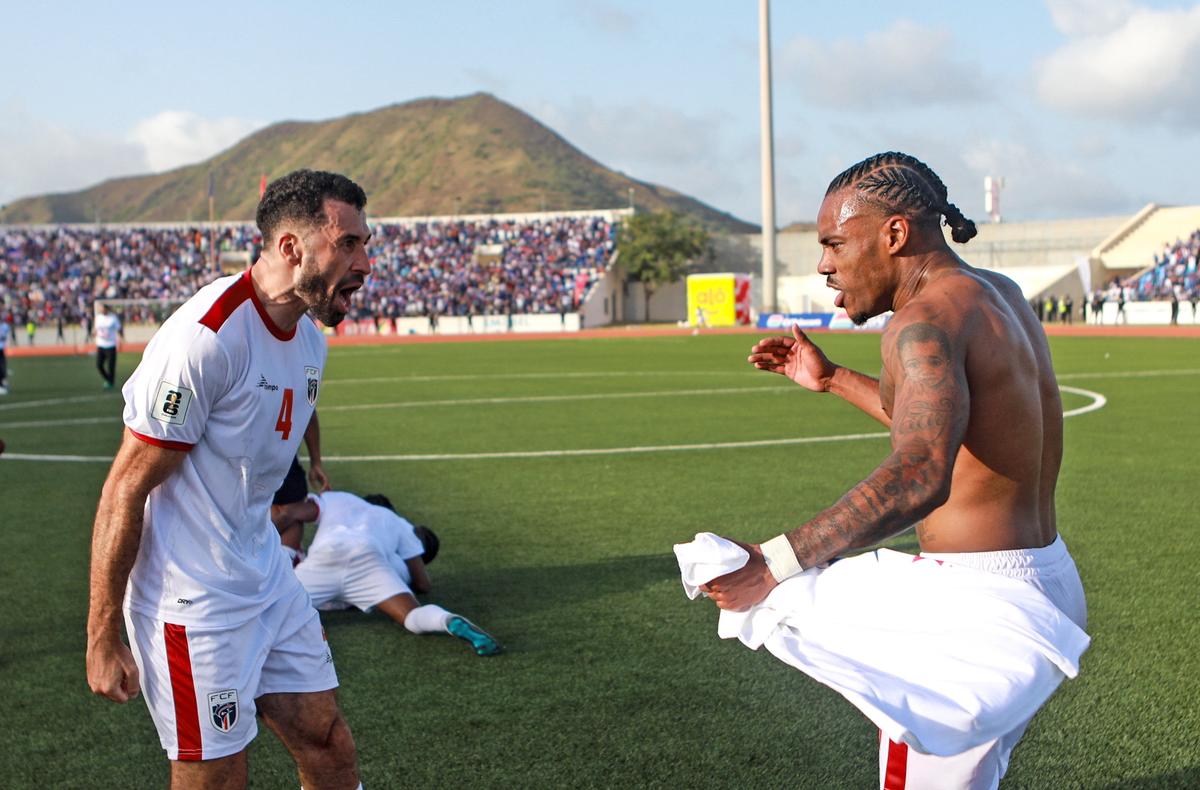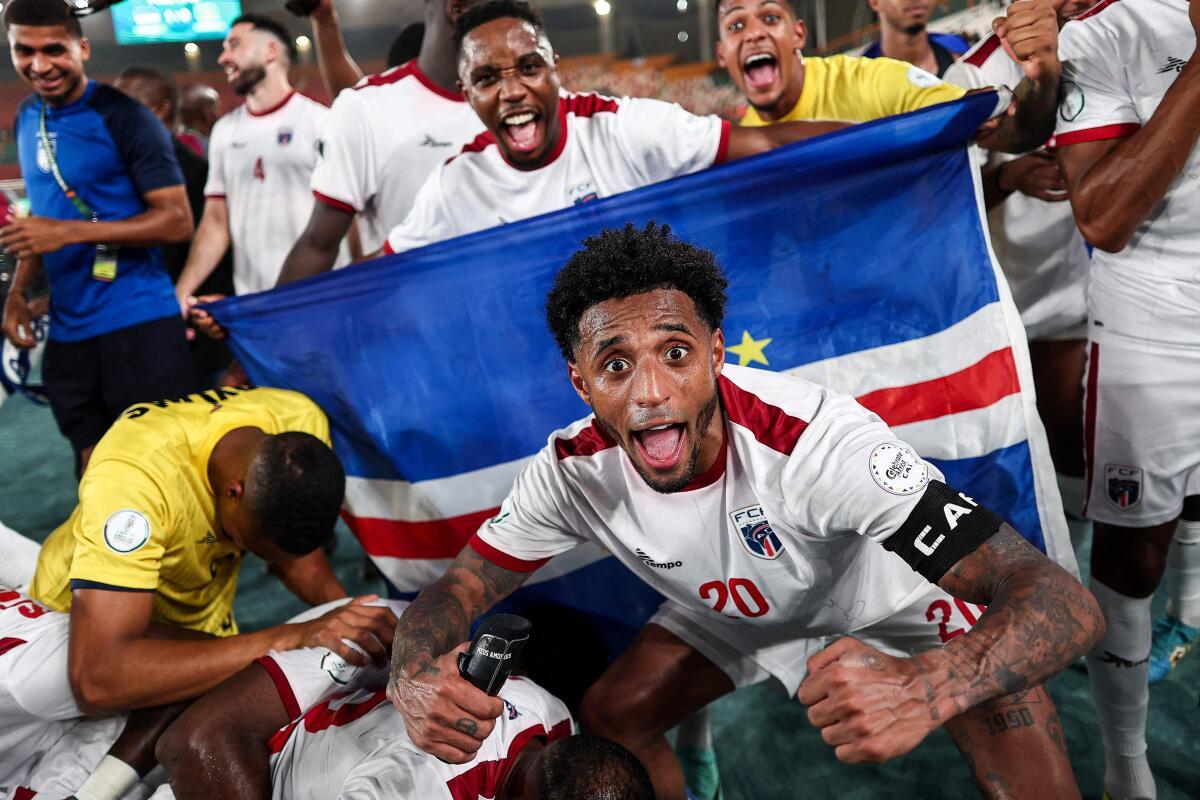It was late 2014. The ISL was finally about to kick off. If there was one hope for the turnaround of the beautiful game in India, this was it.
Just about everything seemed perfect. One of India’s biggest business houses, Reliance, was in charge of the league. Big names — it doesn’t get much bigger than Sachin Tendulkar — owned the clubs, and several quality players from Europe and Latin America had been signed up. And there was going to be really good money for domestic players.
An era of promise
Those were exciting times for Indian football.
You could sense the excitement in Michael Chopra’s voice over the phone. The first player of Indian descent to feature in the Premier League, he had represented England in various age categories. He had also set a record for the fastest goal by a substitute in the Premier League.
Now, he was all set to play for Kerala Blasters in India’s brand new league. And he had a bigger goal: he wanted to play for India, as his father was Indian.
“To play for India has been a dream,” he told this writer. “Everyone wants to play international football. You want to be able to say that you have played international football against some good teams. And I want to contribute to Indian football; it is one of my concerns now.”
He was even willing to give up his British passport for that. “I do want to help Indian football,” he stressed. “The only way for me to do that is to give up my British passport and get an Indian one. I am willing to do that; and I have talked to people about that. You have to make such sacrifices if you want to achieve your goal.”
That didn’t happen. No real effort was made to explore the possibilities of getting players of Indian origin like Chopra to play for the national team, which could have done with their talent and experience.

Recruitment drive: The system of drafting in overseas footballers of Cape Verde origin, such as Dublin-born Roberto Lopes and Rotterdam-born Garry Rodrigues, has paid dividends.
| Photo Credit:
Getty Images
India was ranked 159 in the world at the time. Not a particularly impressive ranking for a country which had a population of 1.31 billion, was one of the world’s fastest growing economies and had once made the Olympics semifinals. At the same time, in another continent, a country that had a population of just over half-a-million was the World No. 33.
That country, Cape Verde, recently authored one of the great success stories in sport. The African nation — comprising 10 islands — qualified for next year’s football World Cup in North America.
Cape Verde made it to sport’s most watched event after beating Eswatini 3-0 at home. The win took the Blue Sharks to the top of their African qualifying group, ahead of continental powerhouse Cameroon. And they became the second-smallest nation behind Iceland — by population — to qualify for the World Cup.
How did they do it?
Centre-back Roberto Lopes could give us a clue. Back in 2018, he received a message on his LinkedIn profile in Portuguese, a language he didn’t speak. The Dublin-born player, who was, and still is, playing for Shamrock Rovers, ignored the message.
Destiny-changing message
The man who tried to reach out to him was Rui Aguas, Cape Verde’s coach at the time. His message, when translated, read: “I am the coach of the Cape Verde national team. I would like to know if you would be interested in joining the team. We are renewing the group and we intend to be present at the 2022 World Cup, which would be historic. The team is good, and the environment is good too. I await feedback. I speak English if necessary.”
That message had gone out to Lopes because his father was from Cape Verde. A year later, he made his debut for the Blue Sharks, but they could not qualify for the Qatar World Cup.
The story of Lopes is not an isolated one when it comes to the composition of the Cape Verde team. It has men of dual nationalities playing in leagues across the globe, in countries such as Portugal, Spain, Bulgaria, Romania, Wales, USA, Turkey, the Netherlands, Israel, Saudi Arabia and the UAE.
This system of looking for overseas footballers of Cape Verde origin and making them a part of the national team has been around for a while. And a striker played a key role: Lito, plying his trade in Portugal’s football leagues, was among the earliest players who represented Cape Verde. He was requested by the national federation to help others from Portugal to play for Cape Verde (the country was a Portuguese colony until its independence in 1975).
Later on, players from other countries, including France and the Netherlands, were also roped in. The Dutch port city of Rotterdam alone has supplied half a dozen players to the Blue Sharks’ World Cup qualifying campaign, including top-scorer Dailon Livramento.
Memorably, Cape Verde held a full-strength Portugal team that included Cristiano Ronaldo, Nani and Deco to a goalless draw in a friendly in 2010. Three years later, the side qualified for the Africa Cup of Nations for the first time. It had been attempting to make it to the World Cup since the 2002 edition. Little wonder, the success that came a couple of decades later was celebrated by the people of Cape Verde all over the world.
For a country that was ranked 182 in the world in 2000, this is indeed a remarkable feat. Well, that is even lower than India’s lowest, which was 173, in 2015.

Sign of things to come? Cape Verde has shown it can make an impression in a big event. It reached the quarterfinals of the Africa Cup of Nations last year.
| Photo Credit:
AFP
Cape Verde is now 71st in the FIFA rankings, while India is placed 136th. And that doesn’t even reflect the state of football in India at the moment: nobody knows when this season’s ISL will be held; last season, one team was crowned the I-League champion a fortnight after the last match was played, and then another team, which approached the Court of Arbitration for Sport, was named the champion.
When domestic football is governed inadequately, and with little imagination, the national team cannot expect to produce miracles. And there is no harm in thinking of taking a leaf out of the books of countries like Cape Verde. After all, the tennis federation managed to get Prakash Amritraj, a US citizen, to play for India at the Davis Cup.
Diverse roots
Athletes turning out for countries they have connections with, especially when they probably would not have had the opportunity to experience international sport otherwise, is pretty common. Remember, England’s cricket team at one point used to look more like a delegation of the United Nations.
There have been talks of change in Indian sport of late, though. The National Sports Policy 2025 recommends: “Wherever feasible, promising and prominent Indian-origin athletes living abroad may be encouraged to come back and play for India at the international level.”
Why not?

